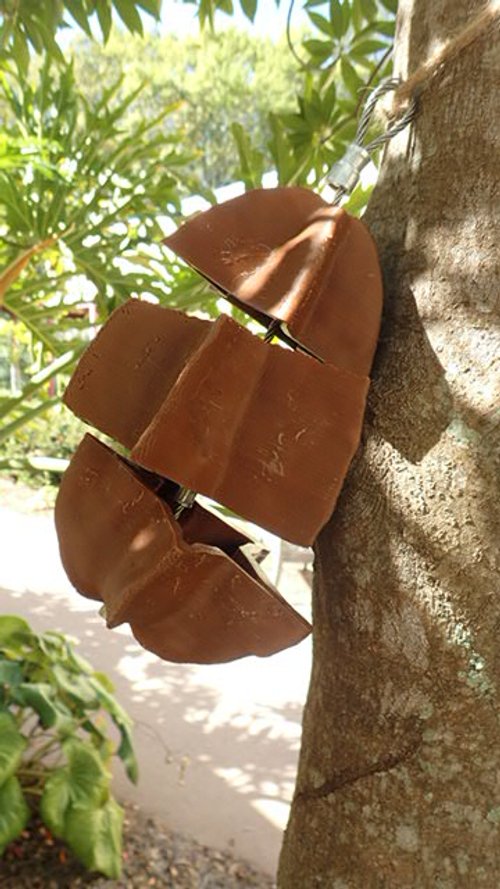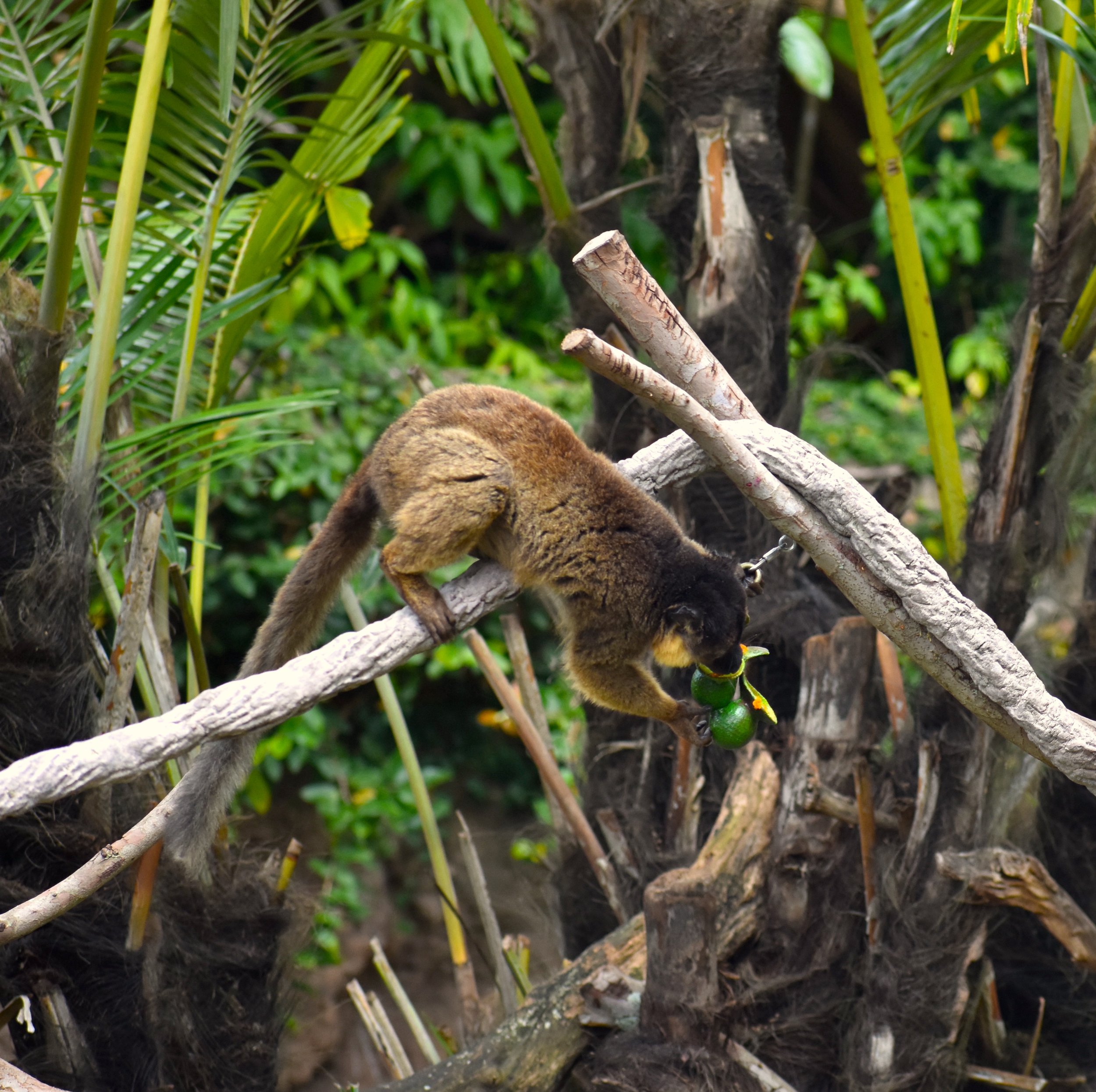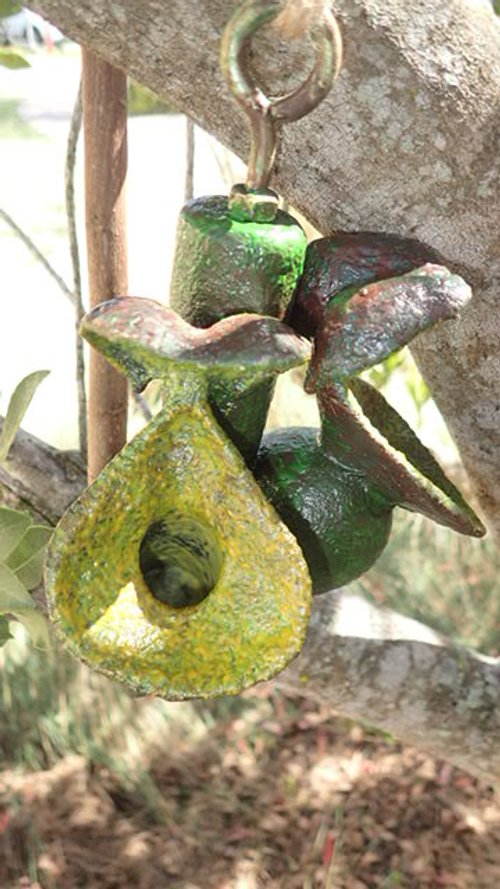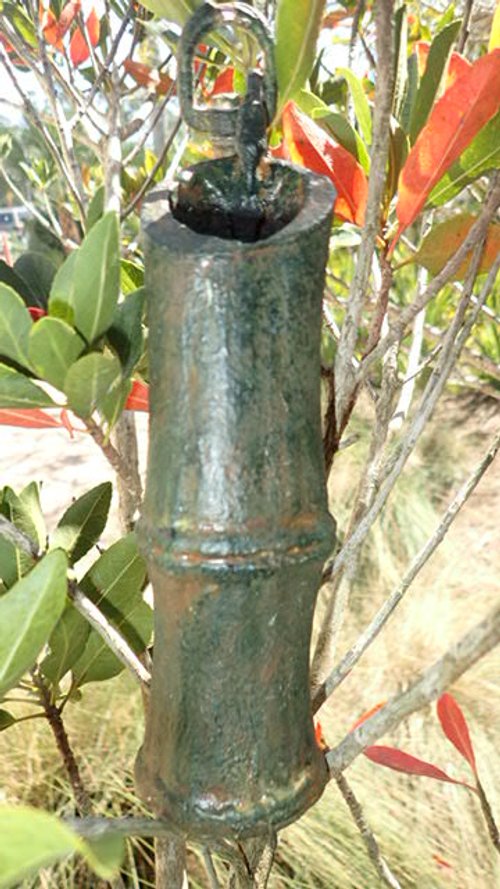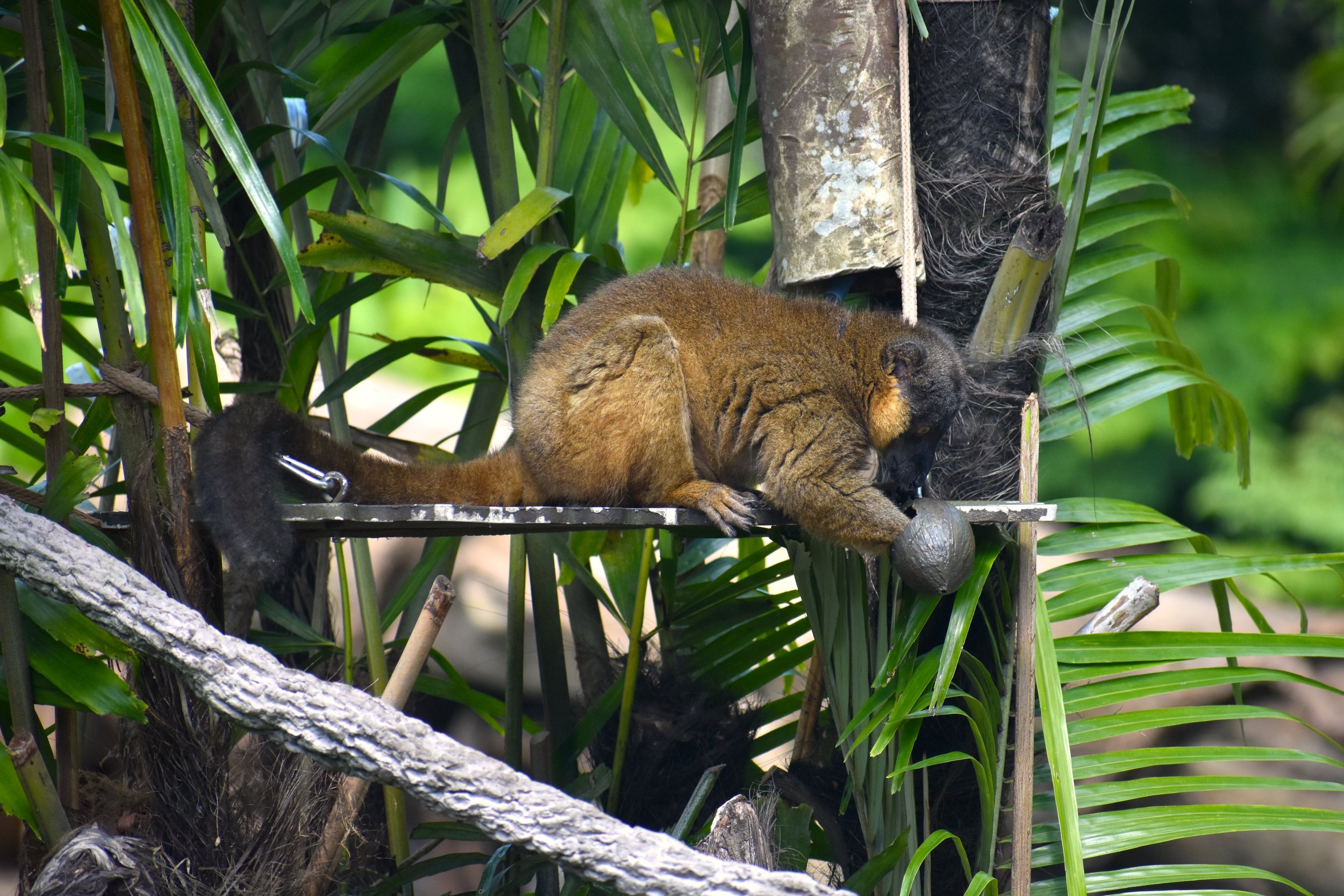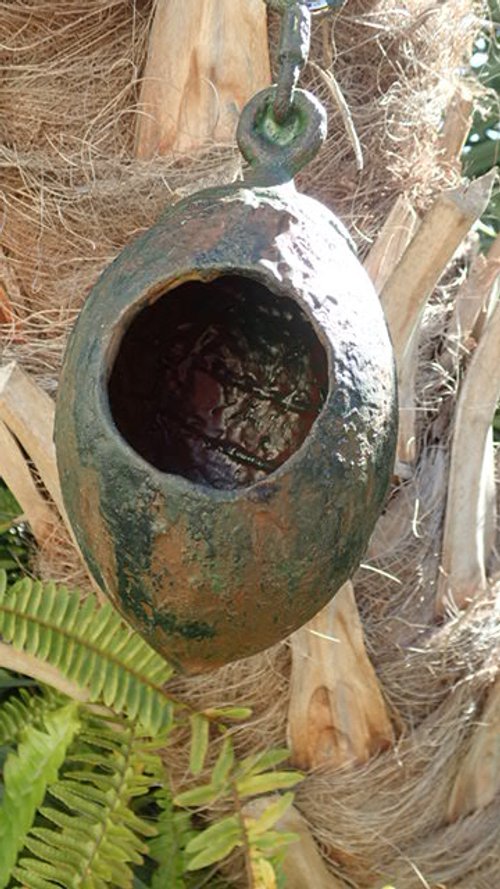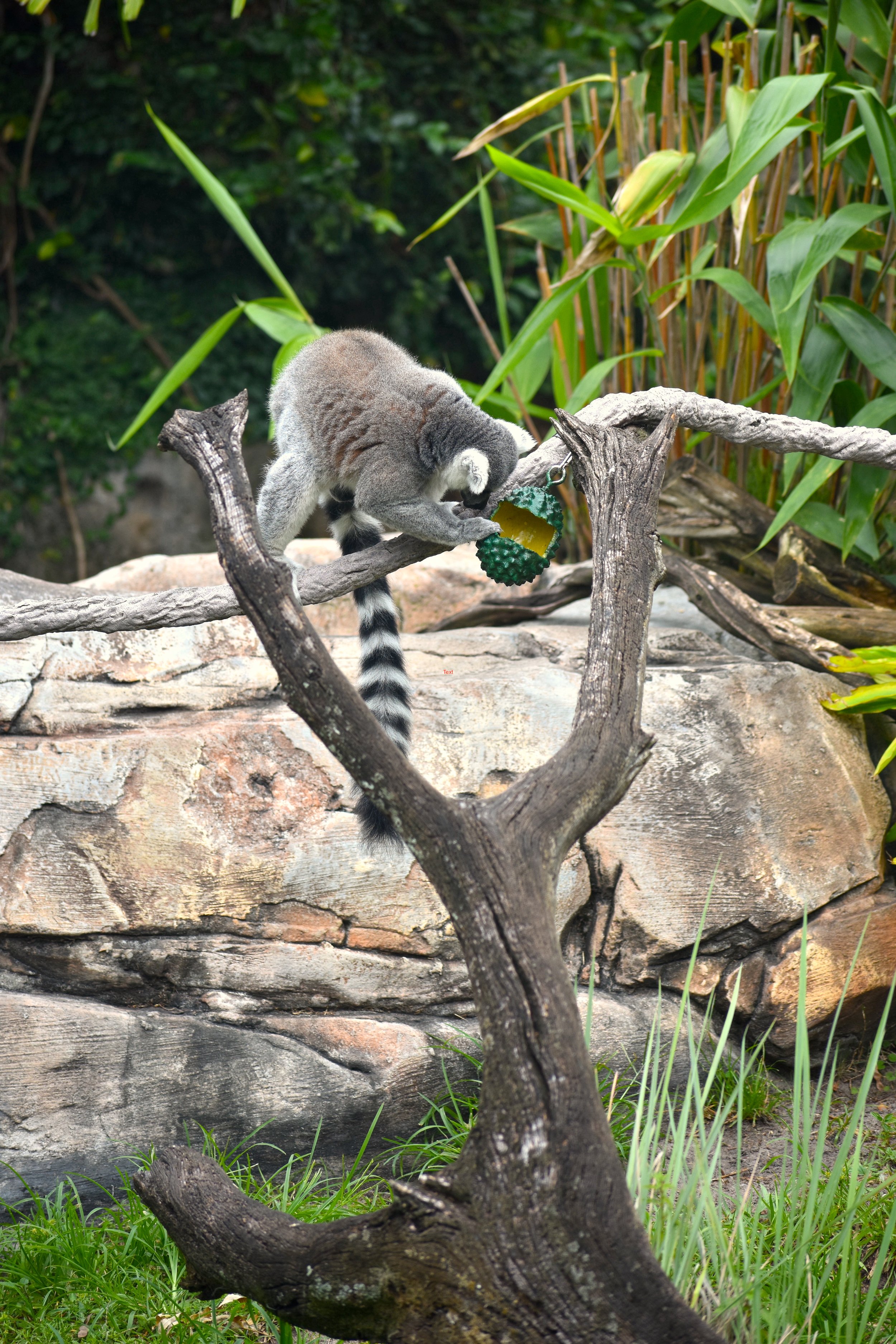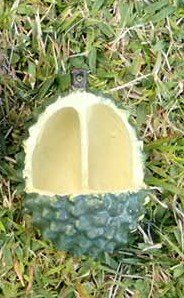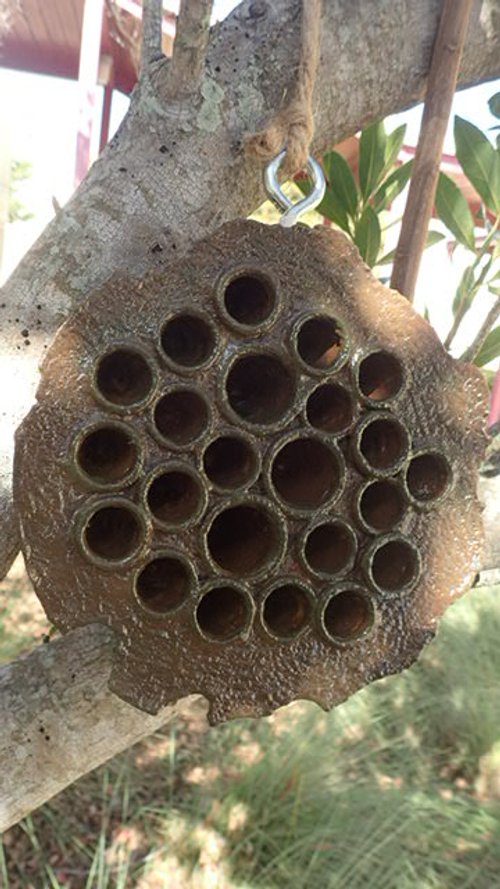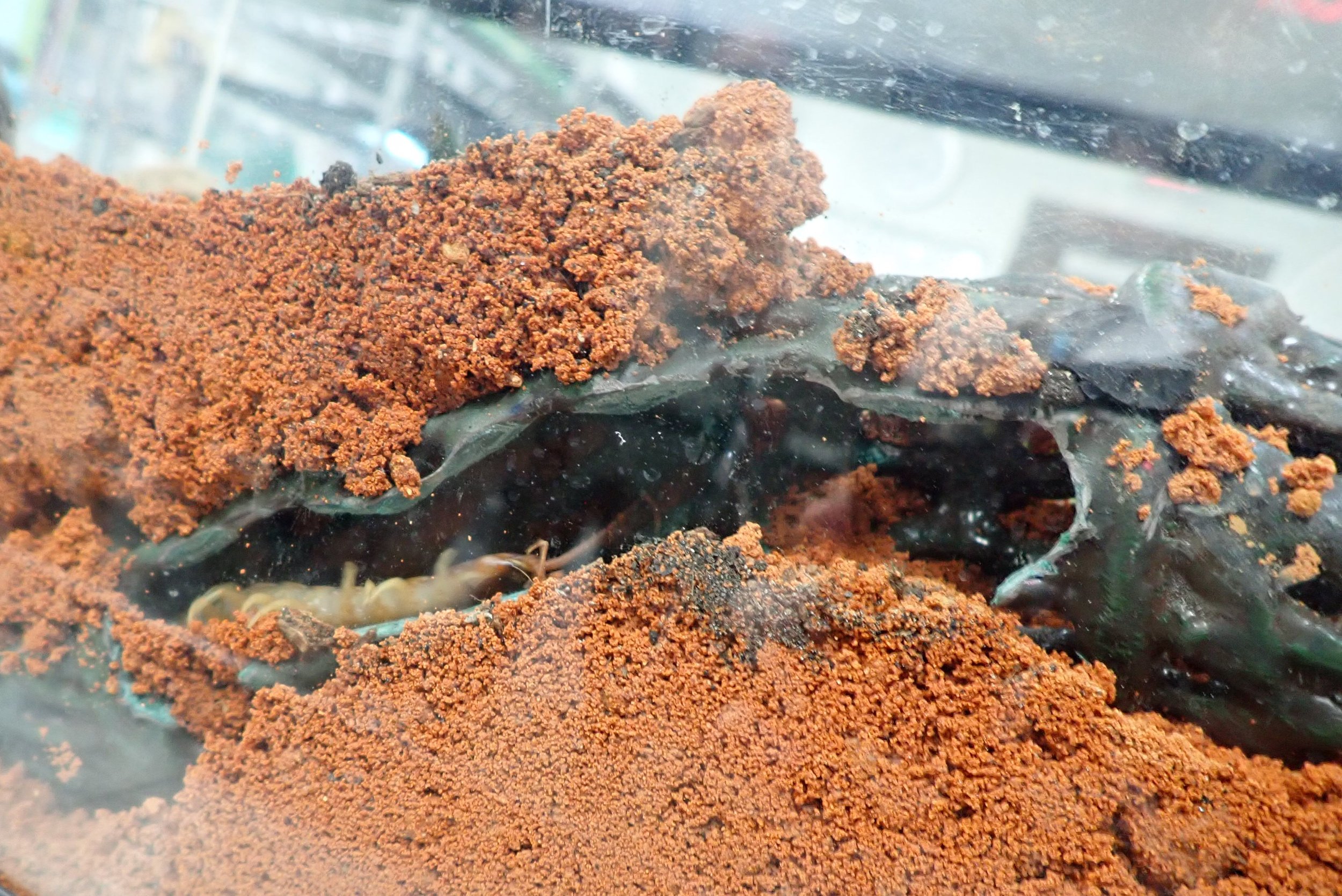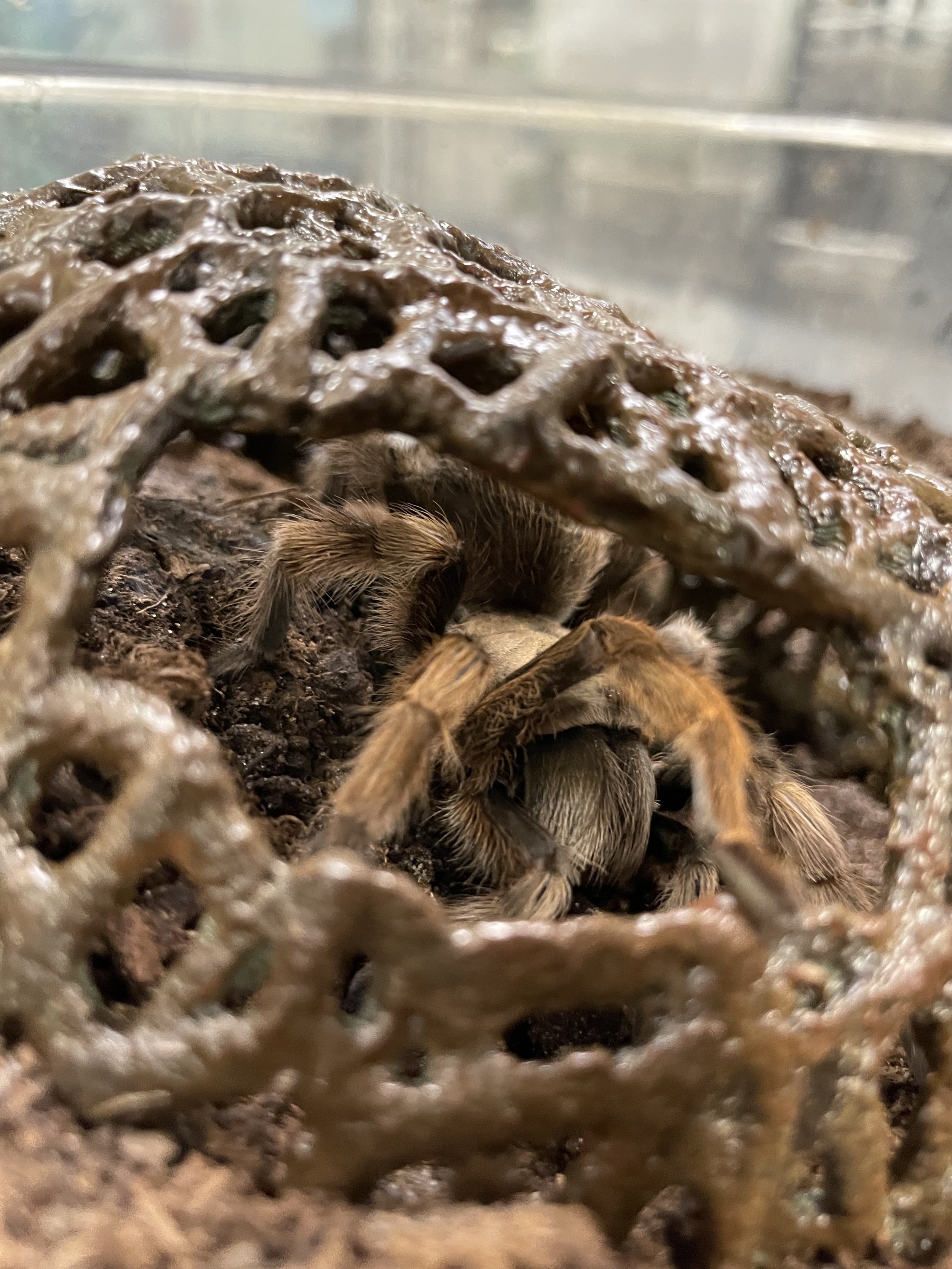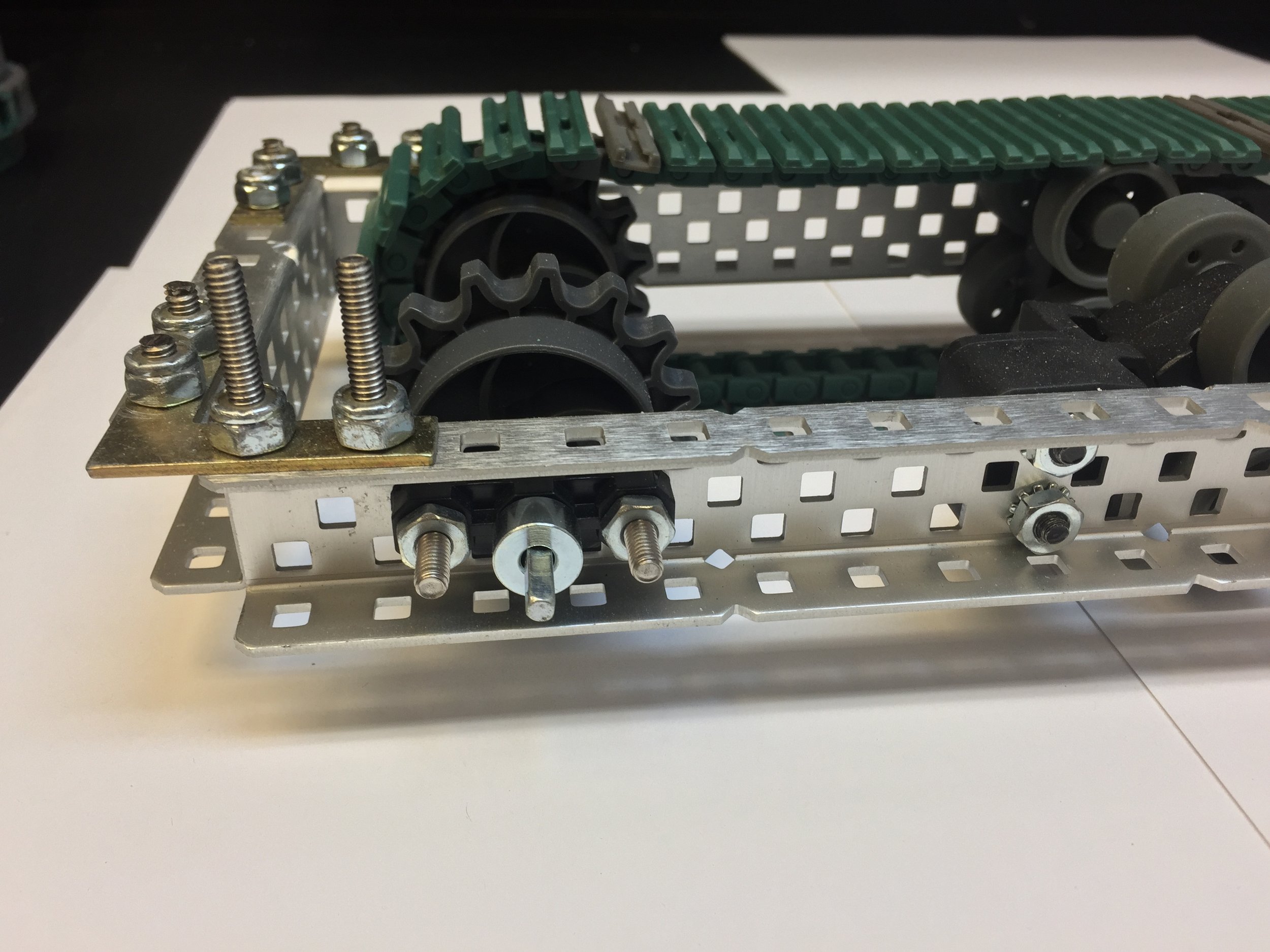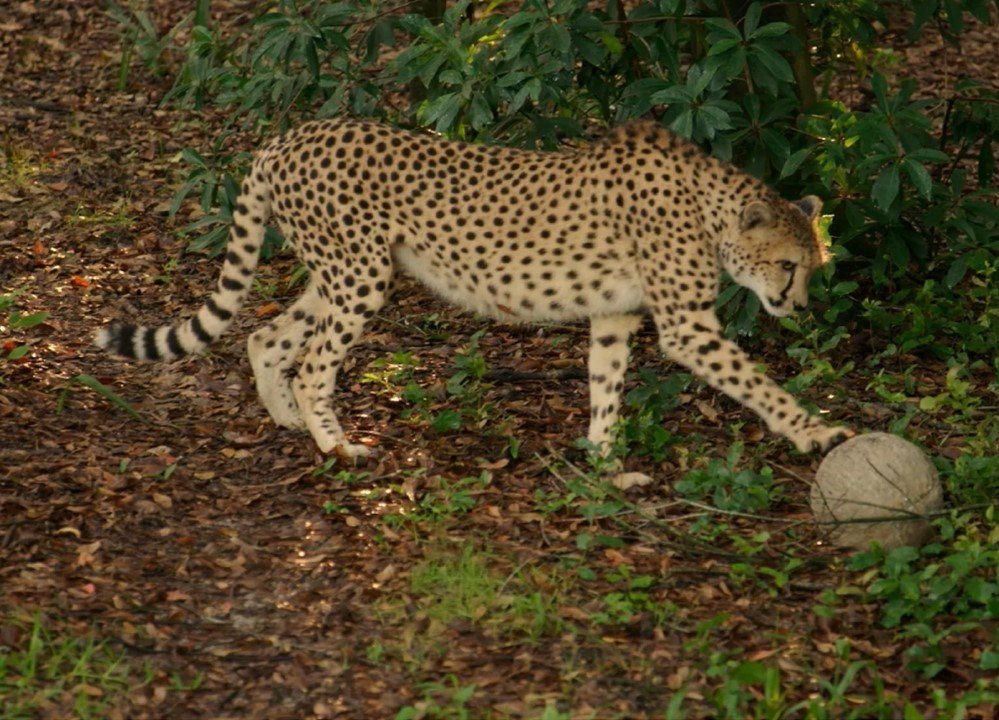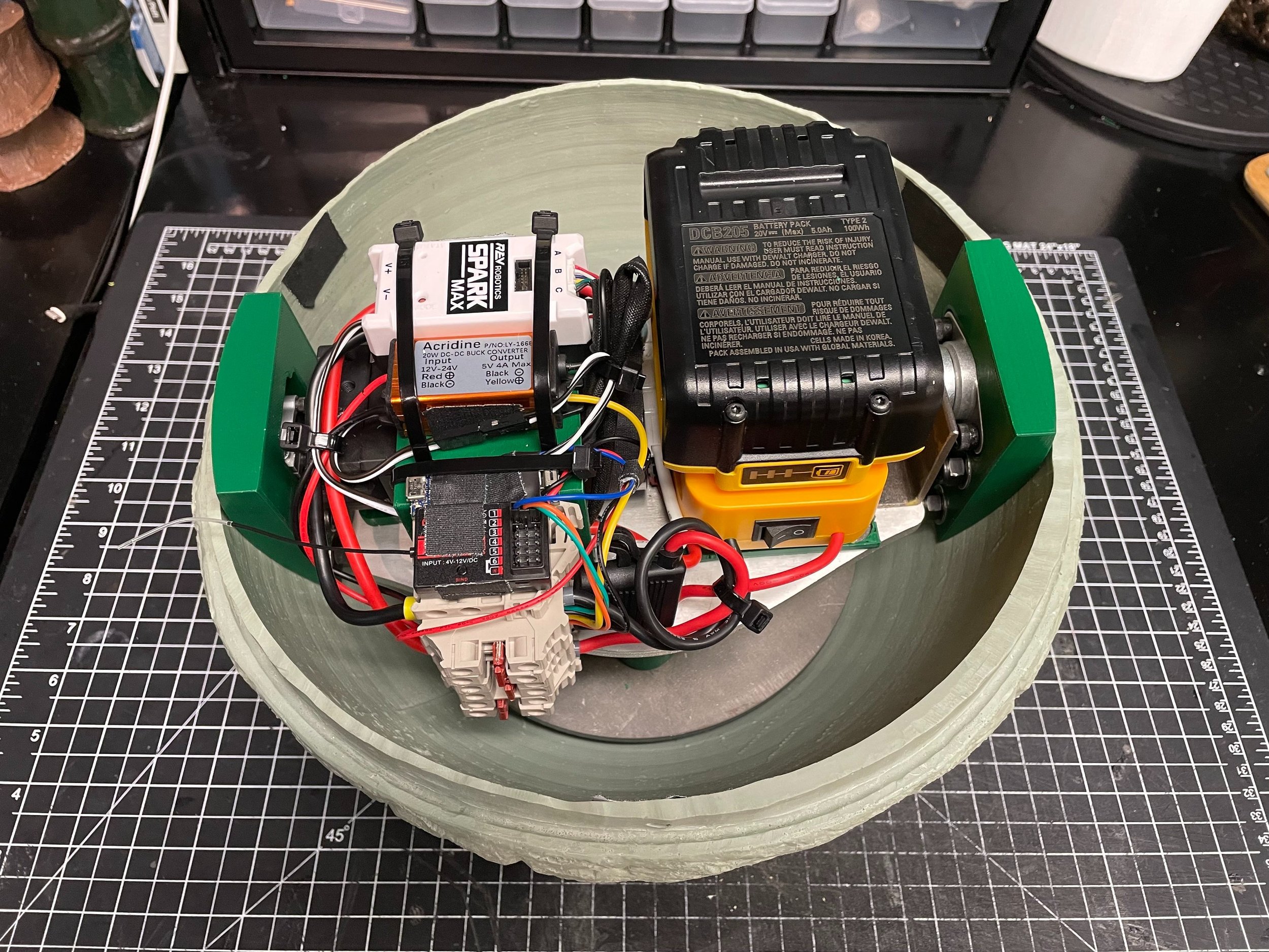Incorporating Technology Solutions into Enrichment Design
There are many opportunities to apply technology in the design and implementation of enrichment. We have used 3-dimensional (3D) printing to create new behavior-based enrichment options that otherwise would be difficult to construct, are durable and easy to clean, and can be easily modified for different species and individuals. Many projects have also benefited from coding, giving instructions to a computer to perform a task, using open-sourced hardware and software to create solutions to complex enrichment strategies. Let’s look at how these technologies can be applied to enrichment.
3D Printing Enrichment Applications
What is 3D printing and how can it be used in enrichment?
Before using any enrichment, use your facilities approval process to ensure the enrichment design and materials are approved for use with the intended individual animals. 3D printing allows you to create any shape or design from a three-dimensional model.
There are three ways to create a digital model: using computer-aided design (CAD) software, downloading an existing 3D model from an open-source online library, purchasing a model, or utilizing a 3D scanner to create a digital model using a real object. Once a model has been identified, it can be modified to the exact size, thickness or other specific needs required. To create the physical model from the digital design, there is a process of laying down thin layers of material that fuse together.
We print the models with plastic filament. There are many different types of filaments, but for animal use we only use PLA (polylactic acid) plastic, a plant-based plastic. After the model has been printed, there are a few additional steps necessary before it ready to be used with the animals.
First, we remove the supports from the print and then file and sand the print to ensure that the surface is smooth and safe for animal use. If the enrichment will be used for food or in wet or outdoor environments, it should be coated in approved animal safe epoxy to strengthen and protect the enrichment. If you are trying to blend the enrichment into a habitat or make it look like a real object, it can be painted with approved materials as well. Any attachments can be added to the enrichment as well.
What if I have great idea but don’t have access to a 3D printer?
If your facility doesn’t have access to a printer, there are still ways to get your ideas printed. Many maker spaces and some libraries have 3D printers available for use. There are also online retailers and services that will print your model to your specifications and ship it to you.
3D Printed Enrichment Examples
Here are some examples of behavior-based enrichment we have created with the 3D printer. For each of these examples, click on the link to access a digital computer model. Remember to use your facilities approval process, consider any safety parameters, and make alterations to the model based on the needs of the individual animal.
Encouraging Lemur Foraging Behaviors
We came up with several different designs that mimic plants and fruits intended to encourage the lemurs to spend a portion of their day foraging. Lemurs spend much of their awake time searching from tree to tree for ripe fruits, leaves and flowers.
By providing their diet in a variety of different foraging devices, the lemurs actively investigate and locomote throughout their habitat looking for food, manipulating the devices in different ways to retrieve and then consume the food. A variety of options provides the opportunity for the lemurs to spend more time foraging for their diet.
We were able to create a pitcher plant, bamboo, coconuts, durian fruit and lotus seed pod feeders for the lemurs. These options promote different specific behaviors for the lemurs to acquire the diet.
Pitcher Plant
Digital Models: Pitcher Plant File and Double Pitcher Plant File
Bamboo
Digital Model: Bamboo
Coconut
Digital Model: Coconut
Durian Fruit
Digital Model: Durian
Lotus Seed Pod
Digital Model: Lotus Seed Pod
Encouraging Invertebrate Hiding Behaviors
There have been several successful invertebrate enrichment designs to create places for hiding, burrowing and refuge spots. Tarantulas, jumping spiders and centipedes all have different needs when it comes to refuge spots.
Designing these hiding options based on each individuals’ needs is achievable using different 3D printed models. The tarantulas may prefer to hide in plain sight to make it easier to ambush their prey, whereas a jumping spider might seek small ledges to hide under and a centipedes might choose to burrow underground.
Creating different refuge options provides the opportunity for invertebrates to hide according to their individual needs. We were able to create a modified nest, a shelf fungus, and a modified log as options for encouraging hiding behaviors for different invertebrates.
Digital Models: Cholla and Shelf Fungus
Encouraging Bird Reproductive Behaviors
We have been able to create customized nest platforms for a variety of bird species that meet their specific behavioral needs. These nest platforms encourage different types of nest building behaviors of different species of birds.
By customizing the overall size, shape, depth and weave patterns of the nests, we can provide multiple options to meet the needs for the animals in the multi-species habitats in both our Africa and Asia Aviaries.
Digital Model: Bird Nest
Using coding in enrichment applications
Hungry Hungry Hornbill
One of the first projects we integrated coding technology into was Hungry Hungry Hornbill. The team wanted to design an enrichment strategy to encourage all the components of foraging that occur with Abyssinian ground hornbill. After researching natural history to develop the goal behaviors, including exploration, searching, capturing, caching, restraint, smashing, processing and consumption, the team came up with a device they named Hungry Hungry Hornbill to encourage all these behaviors.
The log they designed holds a lot of technology inside. The goal behaviors included teaching the hornbill to pick up a 3D printed pinecone that has RFID (Radio Frequency Identification) tags imbedded into it. When the pinecone is deposited into the log, there is a reader that the pinecone passes over. The reader has been programmed to move a conveyor belt a small amount when the RFID tag is detected. The conveyer belt stores several clay turtles that hold a food reinforcer inside. When the conveyer belt moves, a clay turtle is dispensed from the other side of the log. The hornbill then retrieves the clay turtle and then smashes it open to receive the reinforcer inside.
To turn this project into reality, we had to learn several skills. First, we needed to learn about RFID technology, how to understand and write code, soldering, robotics and troubleshooting. We modified the original Hungry Hungry Hornbill device to make it easier for the animal, lighter and more durable for keepers while upgrading the technology.
Digital Model: Pinecone
Cheetah Ball
For the cheetah, we were looking to encourage extended periods of locomotion. Previously, the animal care team had utilized several other enrichment strategies to encourage locomotion. Upon evaluation, it was clear that a readjustment of these ideas was needed to prolong the locomotion that occurred. We partnered to develop a self-propelled ball for the cheetah. This strategy has also required many technology solutions. In addition to programming software to move a ballast to create motion, 3D printed parts were used to create mounts, lifts, and brackets for the internal components of this enrichment device.
Check out all the details for this project here: Innovative Partnerships: Technology Collaborations for Enrichment Development
Skill Building
To teach others some of the skills used for this project, we hosted a workshop showcasing a self-propelled ball made from 3D printed parts, a motor, computer chips, and a hamster ball.
Want to give it a try?
Click on this GitHub link for access to all of parts for this small self-propelled ball
How do I partner to get help with technology projects?
There are many community resources available as a resource for technology projects. Many zoos and aquariums have partnerships with colleges and universities or local technology companies. Schools that have engineering programs often require student projects that would align well with a partnership. High Schools also often have technology clubs that are looking for unique projects to contribute to. If your facility has a volunteer program, you might also find people in the group that are skilled to assist with technology projects.
Want to learn more about technology and enrichment?
Here are additional articles that highlight our use of technology with some of our behavior-based enrichment initiatives.
Advancing welfare with a Push of a (Printer) Button
Innovative Partnerships: Technology Collaborations for Enrichment Development







